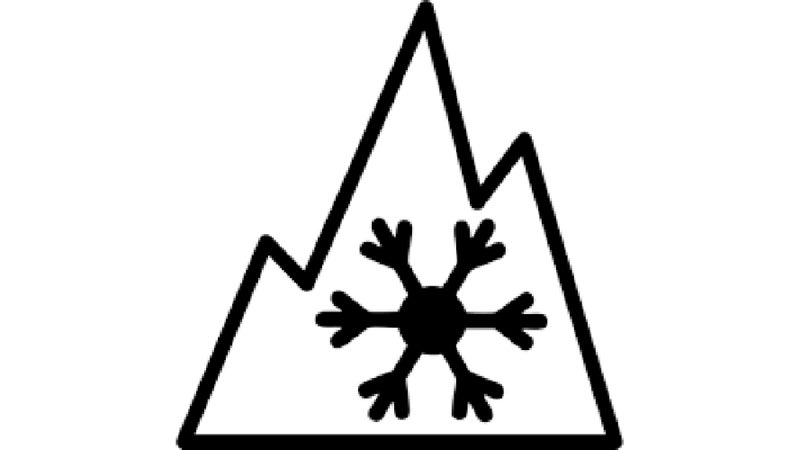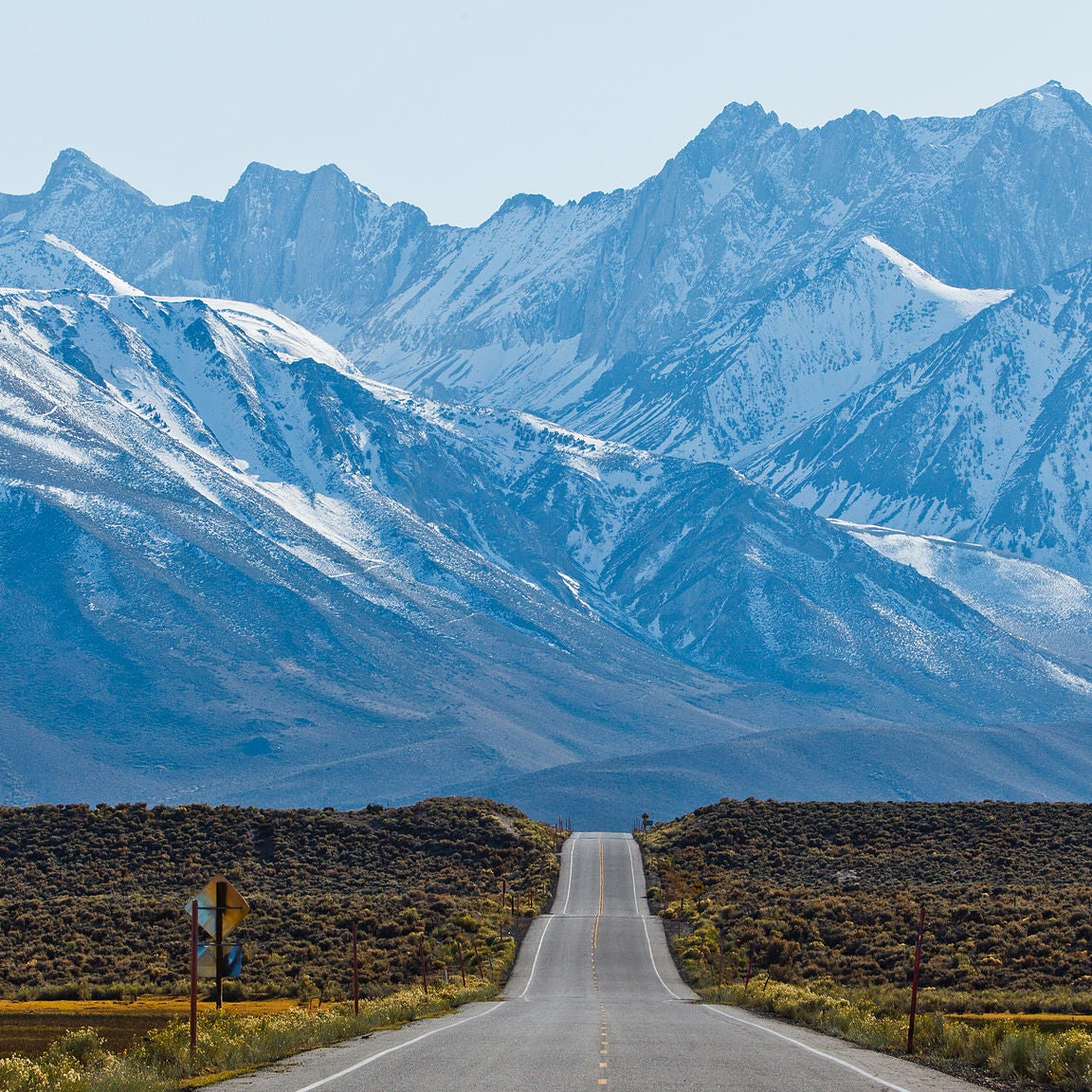Several readers have reached out to me recently to ask about tires. They’ve read our articles and watched our videos about snow tires, but find themselves in an awkward in-between situation that involves more winter driving than an all-season can handle, but not consistently cold-enough temperatures to justify using snow tires.
“My snow and mountain needs are covered by another vehicle. The problem is the minivan that keeps spinning out on wet Seattle hills between 30 and 40 degrees,” writes Damien. “What tires should I use in cold, wet weather?”
Another reader, Grant, lives in Oakland, and has a 30-mile daily commute in his Subaru Outback, but heads to Mammoth to ski on weekends. He wants to run a set of winter tires for those ski trips, but asks: “Do I need to worry about winter tires wearing out while I’m weekday commuting?”
While those two situations might sound different, they’re emblematic of the same problem. All-season tires are primarily designed to work in temperatures above 45 degrees, and the tires that are fitted to most cars when new prioritize low rolling resistance and low cost over providing good traction in challenging weather. Winter tires are safe in temperatures above 45 degrees, but will wear out fast in those conditions.
“These things don’t always align well with what the end-user of the vehicle really wants,” says Woody Rogers, the head of Tire Rack’s testing team. Rogers’ experience is unique. In testing tires for the largest online retailer, he gets the opportunity to not only put miles on virtually ever tire out there, but also to design tests that allow him to discover the small variables that separate the performance of different makes and models. Because the retailer does not have an interest in selling you a specific tire, just the best tire for your needs, Rogers is able to relate his experience objectively. (���ϳԹ��� does not have a financial relationship with Tire Rack, I just reach out to Rogers when I want to give my readers good tire buying advice.)
“Both scenarios call for a jack-of-all-trades solution,” Rogers says in response to the two readers’ questions. “Thankfully, there is a growing list of non-dedicated winter tires that are able to provide solid wintertime traction. For the disclaimer, none can match the outright snow and especially ice traction of true winter tires, but as a group they perform surprisingly well for those drivers who have endured typical (i.e. not so good) all-season tires, which often struggle in the snow. Our experience and customer feedback tell us weak winter traction is especially true of most original equipment tires used on vehicles today.”
Rogers suggests readers look for all-season tires wearing the Three Peak Mountain Snowflake (3PMSF), and explains that unlike the M+S stamp, the 3PMSF requires an actual test of the tire’s capability.

“M+S is not a performance standard,” says Rogers. “It was established in the early seventies, and is merely a two-dimensional visual standard for the pattern design. The 3PMSF symbol requires an established and measurable level of snow acceleration traction.”
This is where things get complicated. There is much nuance in tire design, and you can’t rely on only the 3PMSF to tell you if a tire is going to be good in the snow. “The requisite test to qualify for the 3PMSF mark is a spin test () that measures acceleration traction in medium-packed snow only,” says Rogers. “In that regard, [tires with it] guarantee a minimum level of traction in that very specific scenario. The 3PMSF mark makes no guarantee of braking or cornering traction in snow, and there is no ice component of the test.”
To achieve the 3PMSF, a tire must only demonstrate a ten percent advantage in acceleration on packed snow over a reference all-season tire from the nineties. “Winter tires blow away that minimum threshold, while all-season and all-terrain tires with the mark clear it with relatively little room to spare,” says Rogers.
“When you consider the tire industry and all of its product offerings as a whole, you find lumping all the 3PMSF non-winter tires together really creates a problem for the consumer.” he continues. “As with all things tires, there are differences in personality among all-season tires with 3PMSF. Some are a better than others in the snow. Others focus on wet or wear and ride.”
Rogers suggests that readers can find guidance on those differing traits in , which uses customer survey data representing billions of miles of driving experience. Filtering tires on the website for All-Season with Severe Snow Service Rating will also deliver results that fall into this jack of all trades category.
As for our two readers here, Rogers suggests the , or the and (which differ mostly in size) for Grant’s Outback and its trips between Oakland and Mammoth. For Damien’s minivan that’s struggling to grip chilly, wet roads, Rogers recommends the or (again, the difference is available sizes), or those same Michelins. To that list, I’d add the —I wrote about in this article—especially if your driving involves any dirt roads.
All of those suggestions can be run year-round and will provide a noticeable boost to traction in challenging weather. But, it’s also important to note that none of these tires is a dedicated winter tire. Readers who live in a place that does see cold winter temperatures and snow and ice should still run a dedicated winter tire in those snowy, icy months, both for their own safety, and for that of the drivers around them.


